Late 19th Century English Victorian Oak Writing Compendium
Late 19th Century English Victorian Oak Writing Compendium
Impossible de charger la disponibilité du service de retrait
Partager
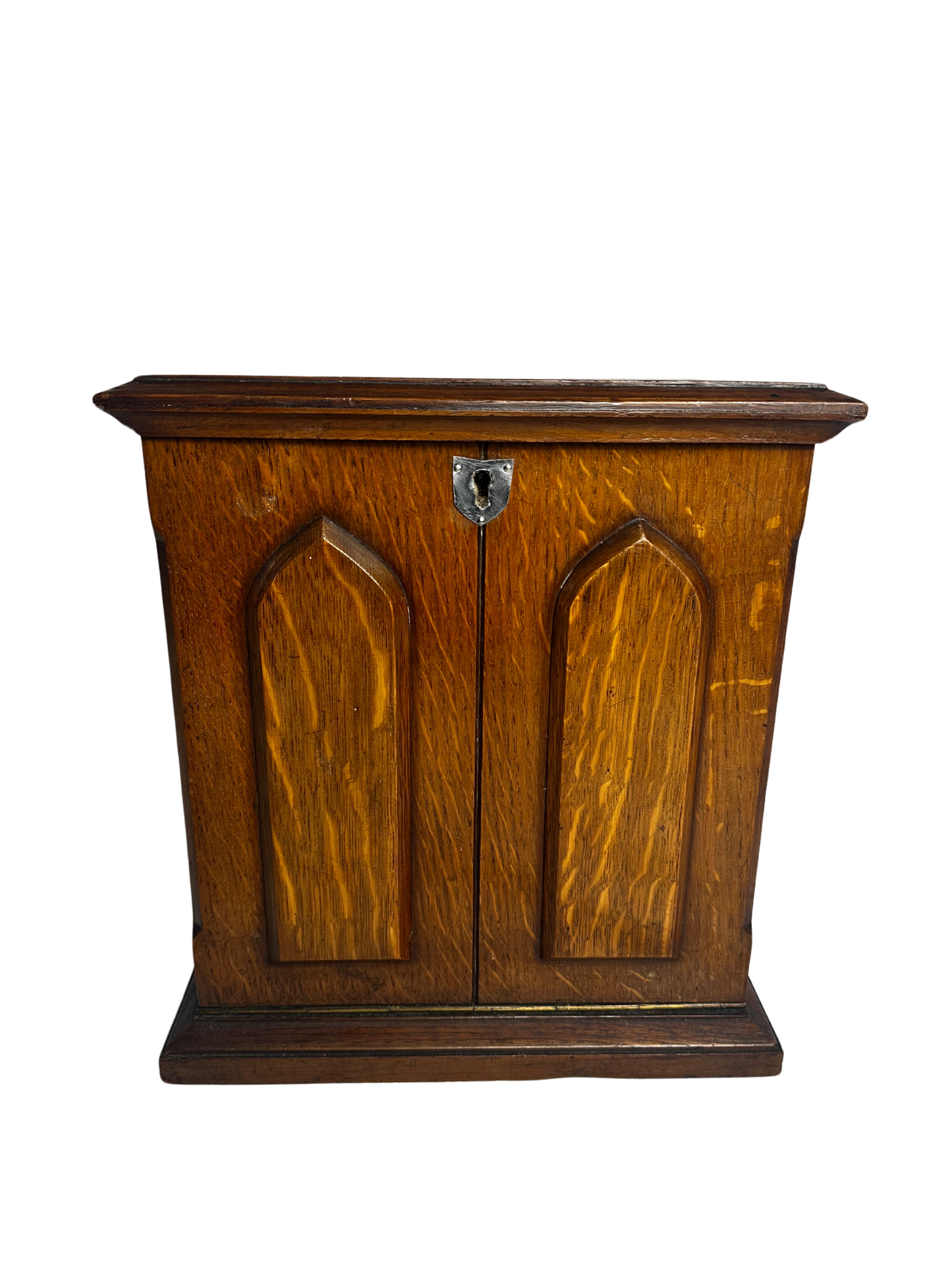
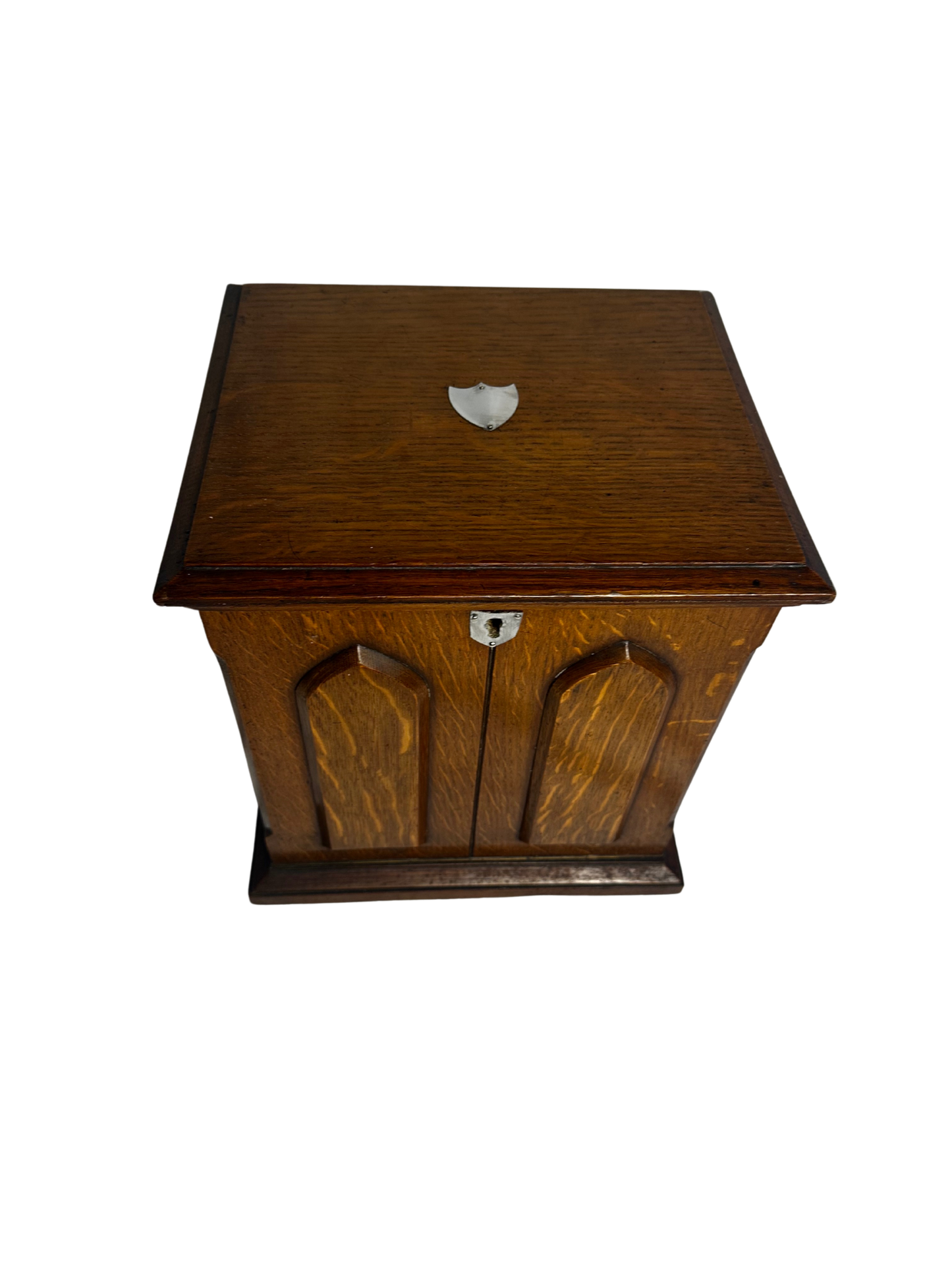
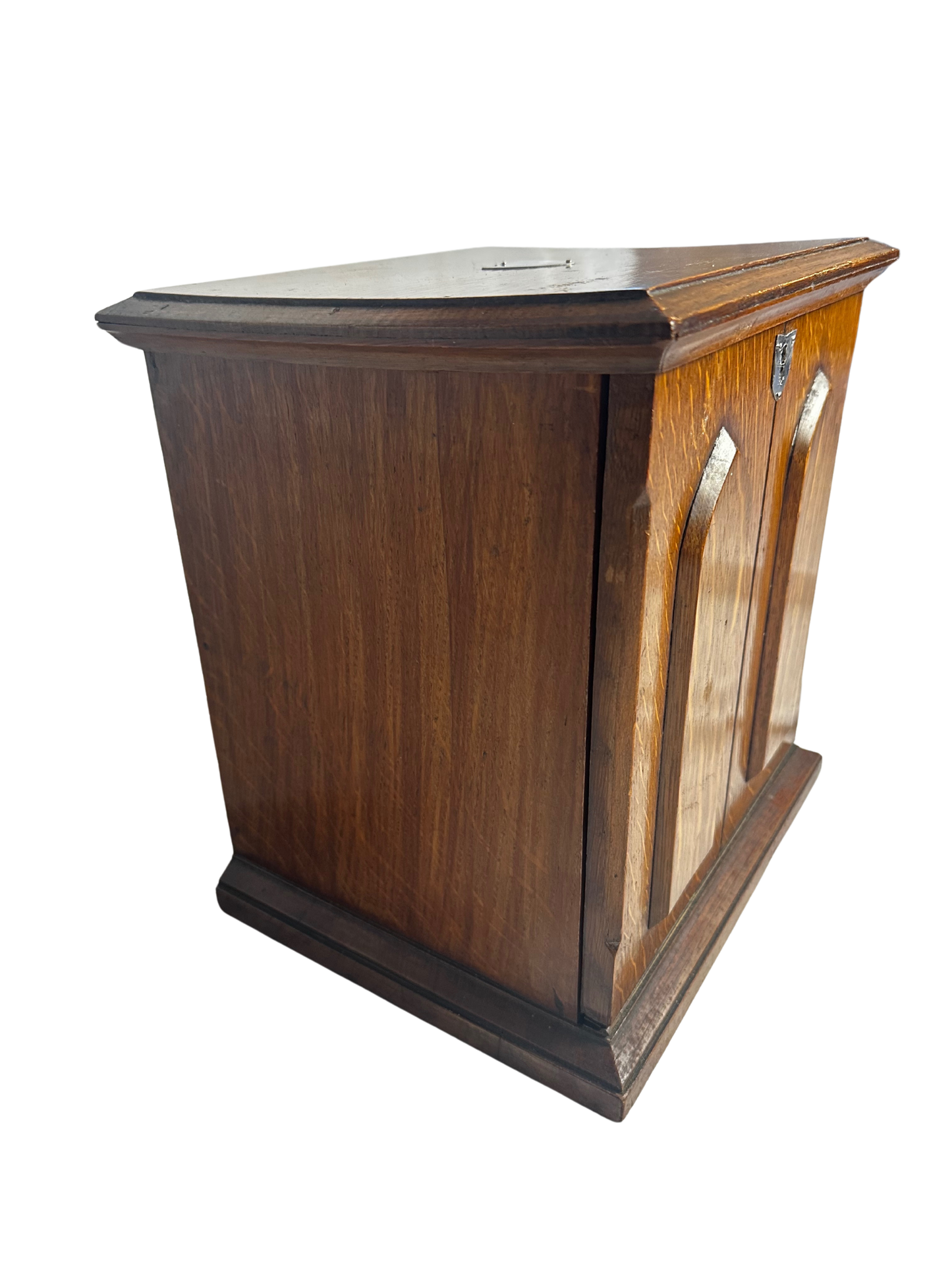

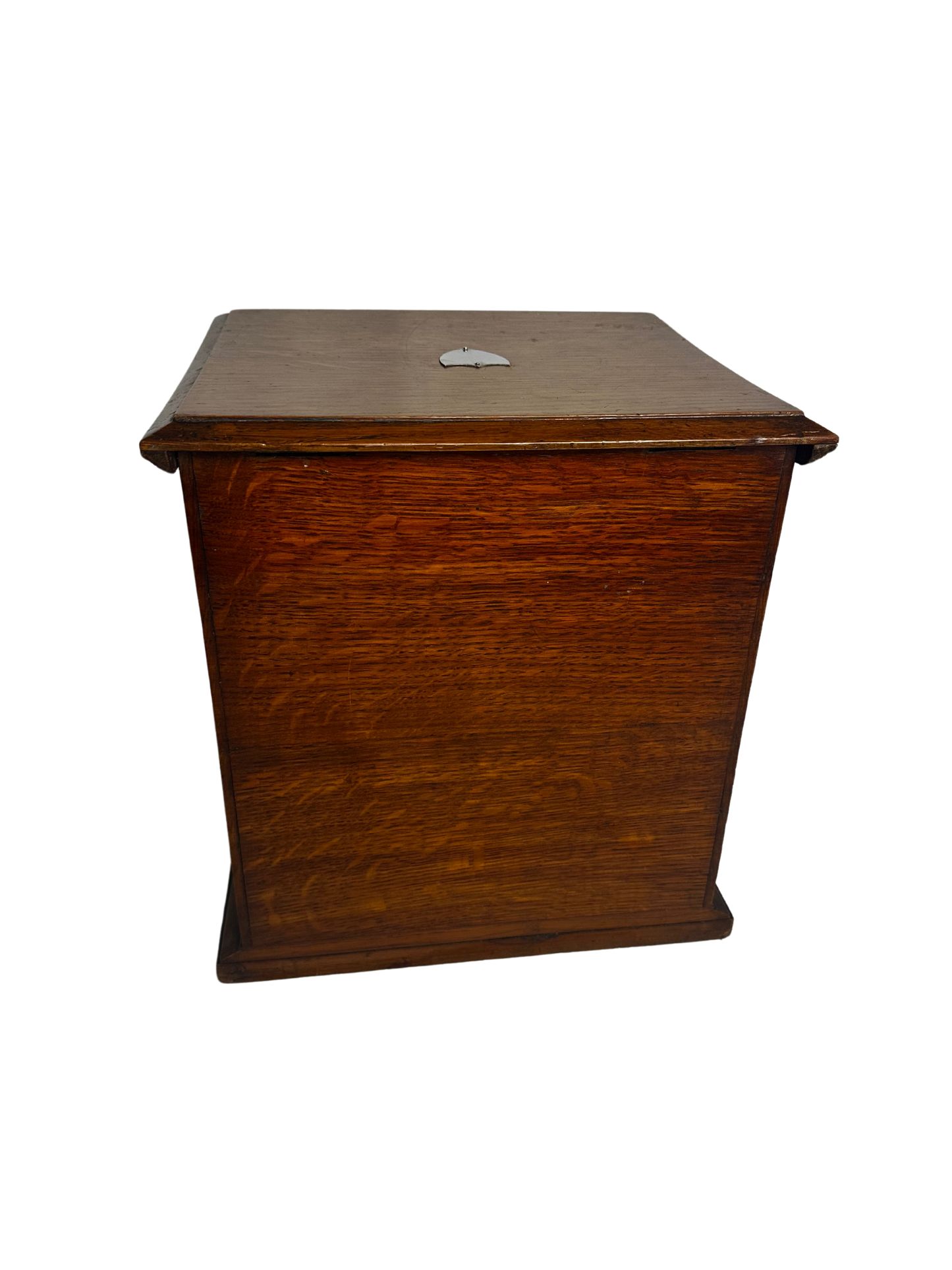
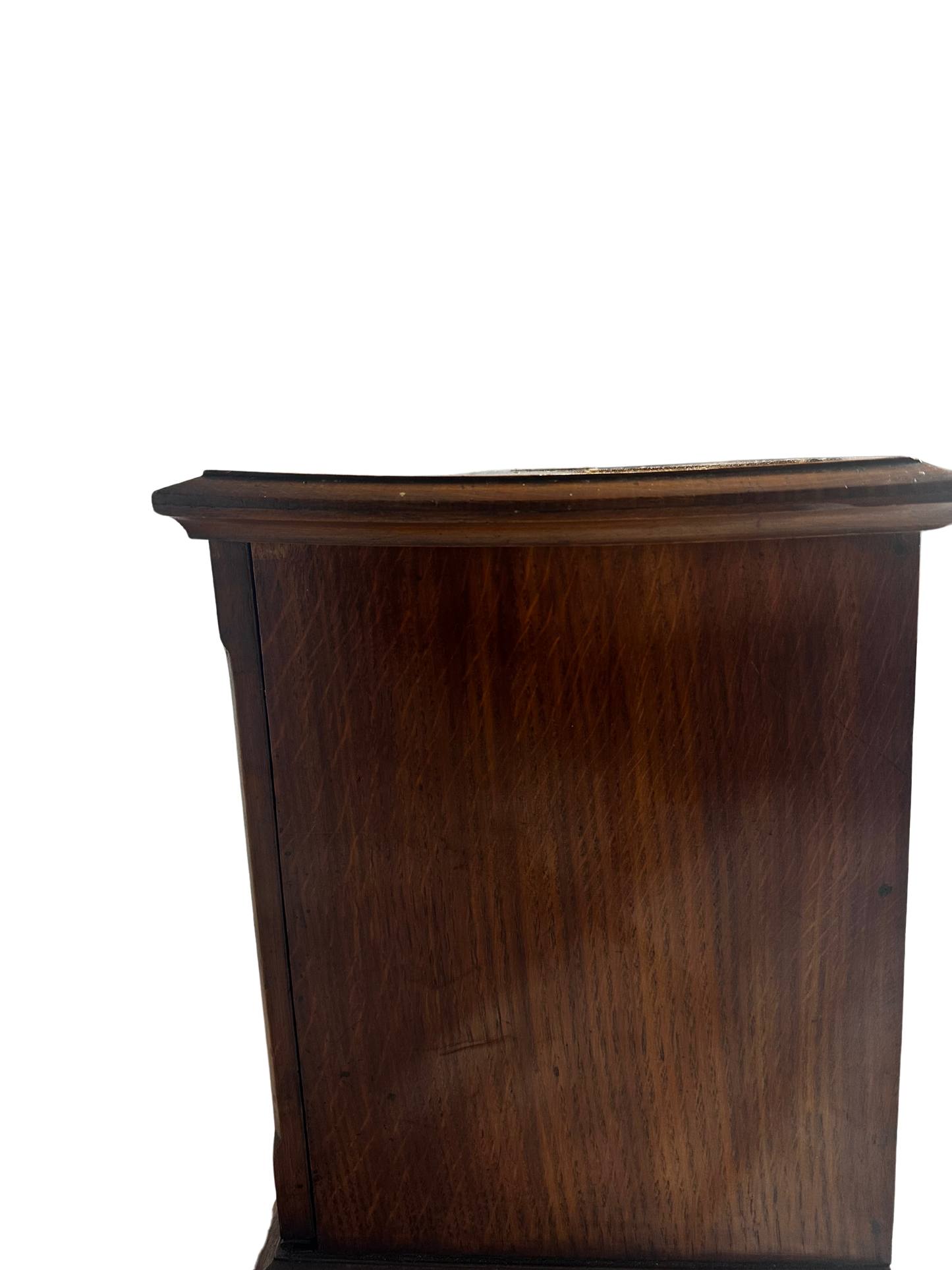
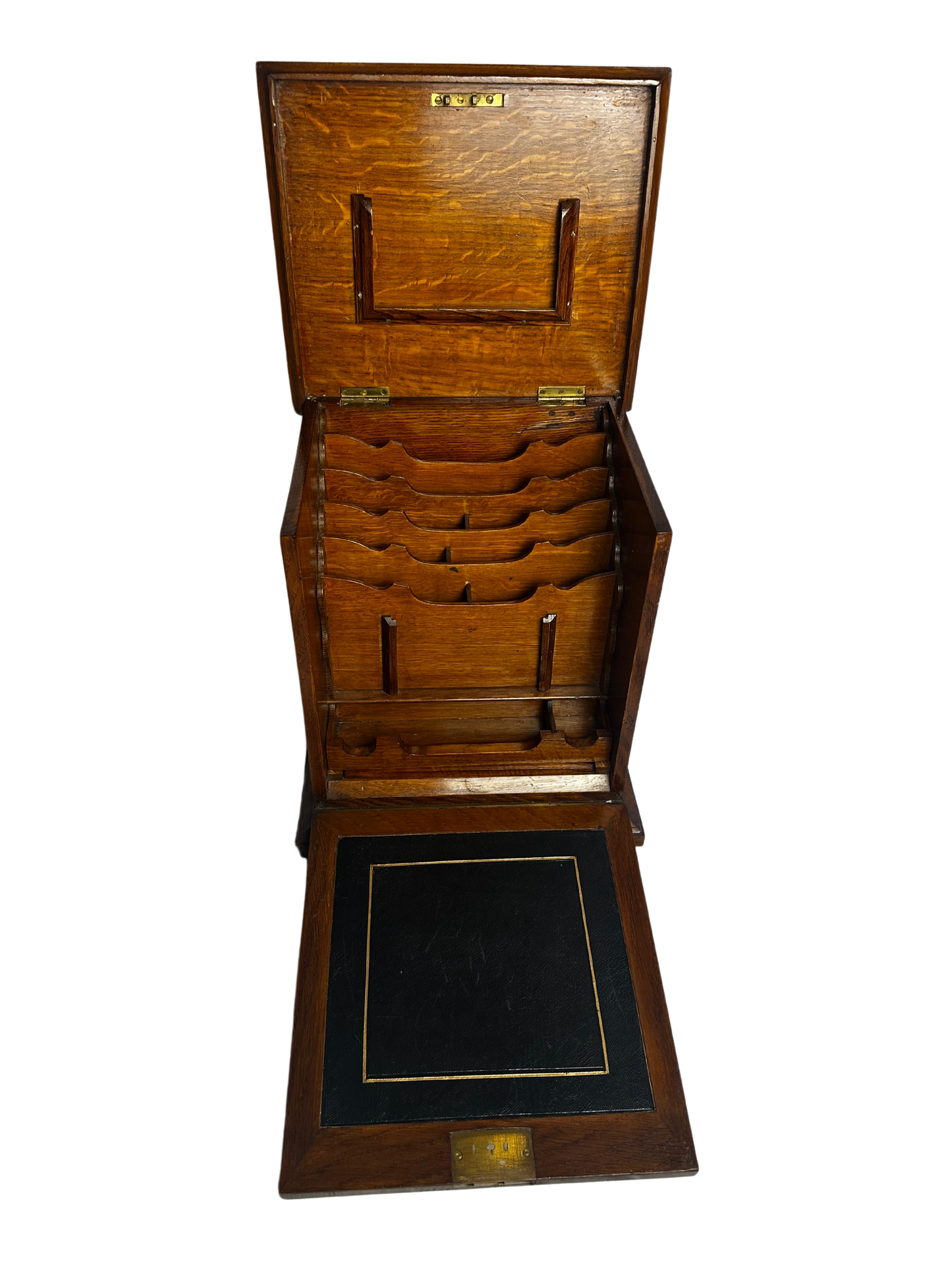
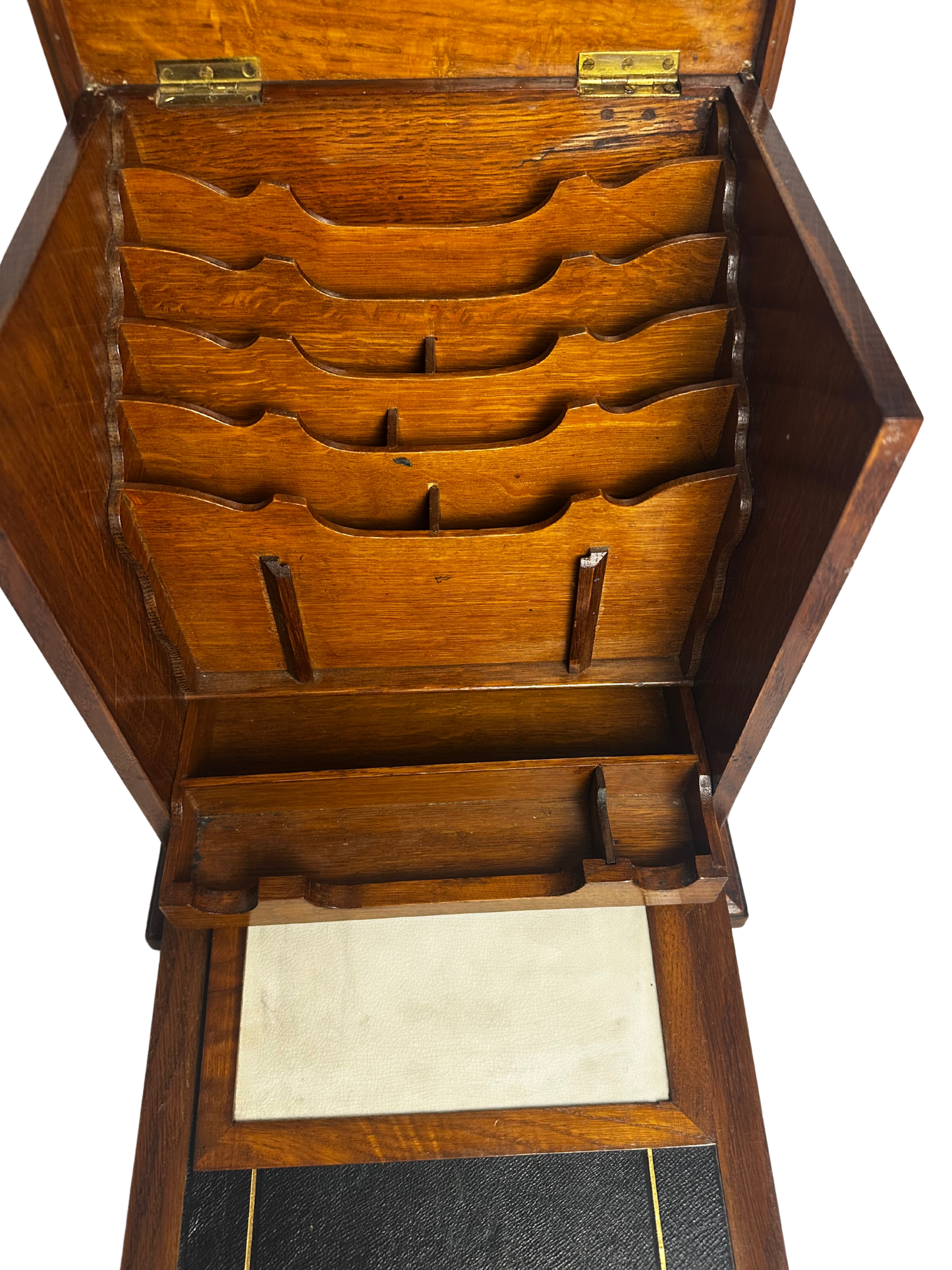
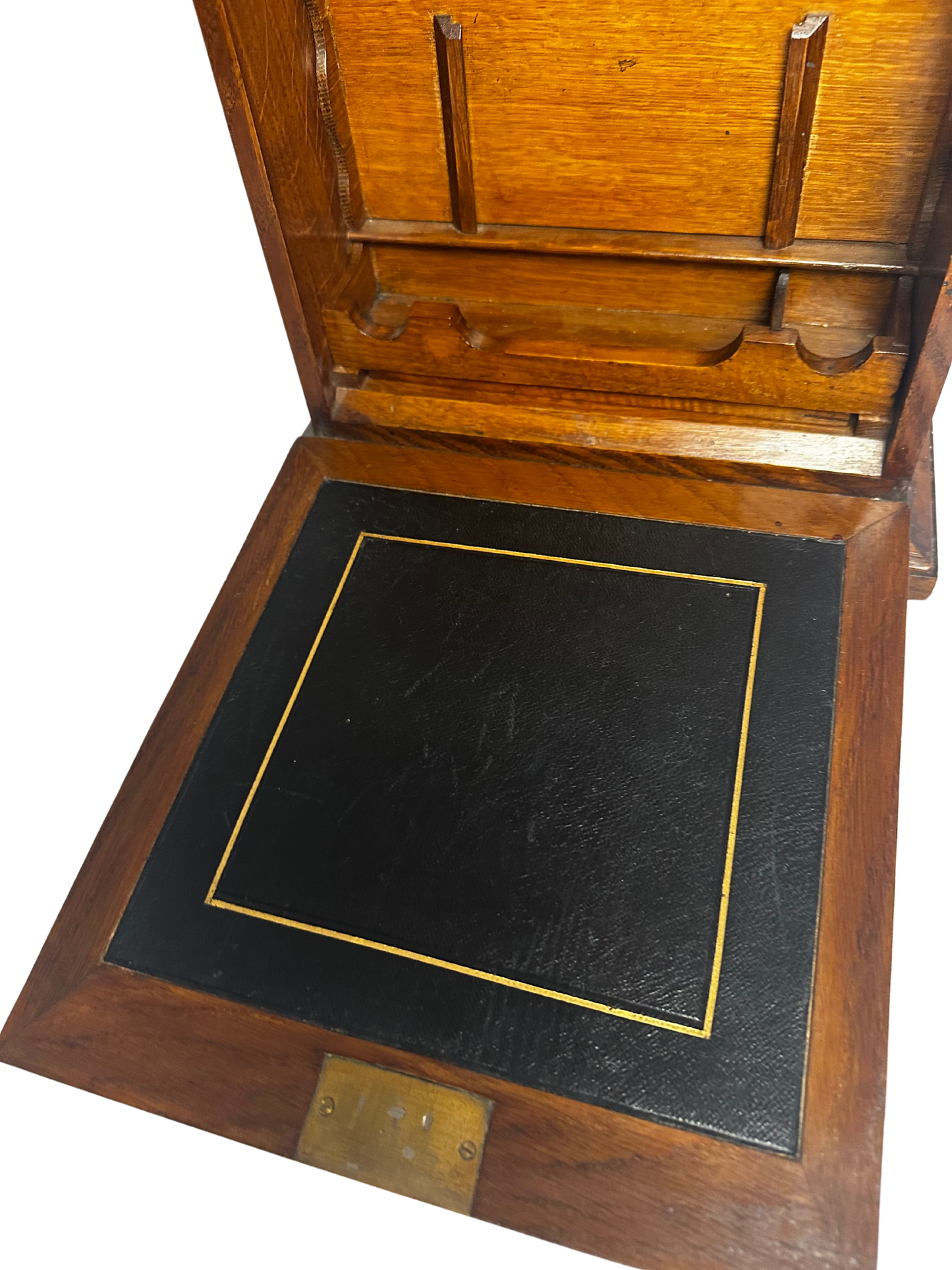
Late 19th Century English Victorian Oak Writing Compendium/Correspondence Box
Features a hinged top with vacant shield-form cartouche, opening to divided interior for stationary storage, fall-front with vaulted paneling and interior inset writing surface, box rising on plinth base.
Late 19th Century English Victorian Oak Writing Compendium/Correspondence Box
Features a hinged top with vacant shield-form cartouche, opening to divided interior for stationary storage, fall-front with vaulted paneling and interior inset writing surface, box rising on plinth base.
11.25"w x 9"d x 12.25"h
11.25"w x 9"d x 12.25"h
The writing compendium, also known as a correspondence box or writing slope, became a popular household item during the Victorian era in the mid-to-late 19th century. The rise of the Victorian middle class and the growing importance of correspondence and personal organization contributed to the proliferation of these beautifully crafted pieces of furniture.
The Victorian period (1837–1901) was marked by a shift towards a more organized, structured society. People began to place more value on written communication—letters, notes, and documents—and as a result, the demand for writing accessories grew. At the same time, the industrial revolution made these items more accessible to the growing middle class, while the wealthier classes were able to afford more elaborate designs.
The writing compendium or correspondence box was designed to house all the necessary tools for writing and correspondence—pens, ink, paper, sealing wax, and letter openers—in one organized, easy-to-access location. These boxes were both practical and aesthetically pleasing, often featuring intricate designs and fine materials like oak, mahogany, or rosewood.
Oak was particularly popular during the Arts and Crafts movement, which emerged toward the end of the 19th century and sought to revive traditional handcrafting methods.
The writing box was also a symbol of wealth and refinement. Owning a high-quality writing compendium was a sign of good taste, and many Victorian homes displayed such boxes in the study or drawing room as a status symbol.
The writing compendium, also known as a correspondence box or writing slope, became a popular household item during the Victorian era in the mid-to-late 19th century. The rise of the Victorian middle class and the growing importance of correspondence and personal organization contributed to the proliferation of these beautifully crafted pieces of furniture.
The Victorian period (1837–1901) was marked by a shift towards a more organized, structured society. People began to place more value on written communication—letters, notes, and documents—and as a result, the demand for writing accessories grew. At the same time, the industrial revolution made these items more accessible to the growing middle class, while the wealthier classes were able to afford more elaborate designs.
The writing compendium or correspondence box was designed to house all the necessary tools for writing and correspondence—pens, ink, paper, sealing wax, and letter openers—in one organized, easy-to-access location. These boxes were both practical and aesthetically pleasing, often featuring intricate designs and fine materials like oak, mahogany, or rosewood.
Oak was particularly popular during the Arts and Crafts movement, which emerged toward the end of the 19th century and sought to revive traditional handcrafting methods.
The writing box was also a symbol of wealth and refinement. Owning a high-quality writing compendium was a sign of good taste, and many Victorian homes displayed such boxes in the study or drawing room as a status symbol.
Late 19th Century
Late 19th Century
Wood, Silverplate
Wood, Silverplate
Sourced from Austin, TX Auction
Made in Britain
Sourced from Austin, TX Auction
Made in Britain
Slight bend in top wood piece, as shown in pictures. Still closes and functions normally.
Slight bend in top wood piece, as shown in pictures. Still closes and functions normally.










